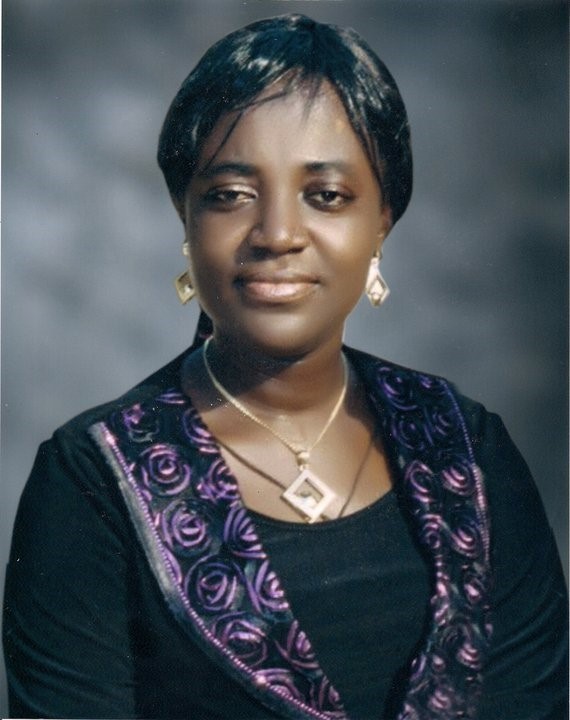Experimental Implementation of 2-Element Antenna Localization System for Small Cell Location Planning of Hetnets
- Post by: airjournals
- September 5, 2021
- Comments off
ABSTRACT
In cellular heterogeneous networks, well-targeted small cells increase capacity, enhance coverage, offload traffic from the existing macro cell and ensure balanced load in the network. This paper experimentally demonstrates the use of a 2-element localization system for the purpose of small cell location planning. A centralized localization system that utilizes a differential 2-element antenna array to perform user localization and identify positions for small cell deployment is presented. The base station, which can also be the network gateway, is connected to two collinear antennas separated by λ/2. The relative phase of each antenna was varied using a phase shifter. The combined output of the two antennas was used to create sum and difference radiation patterns, and to steer the antenna radiation pattern to other angular positions. The system applies a simple RSSI based algorithm to calculate user AoA, range and user population per sector of the network to determine optimum positions for small cell deployment. Experiment with seventeen users in a LOS WiFi environment showed accurate angle of-arrival estimation and a range estimation with MAE of 2.19m relative to the BS. User clusters and positions for small cell deployment were correctly located.
Keywords: Antenna Array; Antenna Radiation Patterns; RSSI; Azimuthal Angle; Distance Measurement; Heterogeneous Networks; 2-Element Antenna; Localization System; Small Cell Location Planning
Authorship
Dr. Dorathy Obianuju Abonyi has a PhD and a Master of Science (MSc) degrees in Electronic and Electrical Engineering from The University of Sheffield, United Kingdom as well as a Master of Engineering (M.Eng) and Bachelor of Engineering (B.Eng) degrees of the Enugu State University of Science and Technology (ESUT), Enugu, Nigeria. She is currently a Lecturer at the Department of Electrical and Electronic Engineering, ESUT. Her area of interest includes wireless communications, antenna, Radio wave propagation and Internet of Things (IoT).

